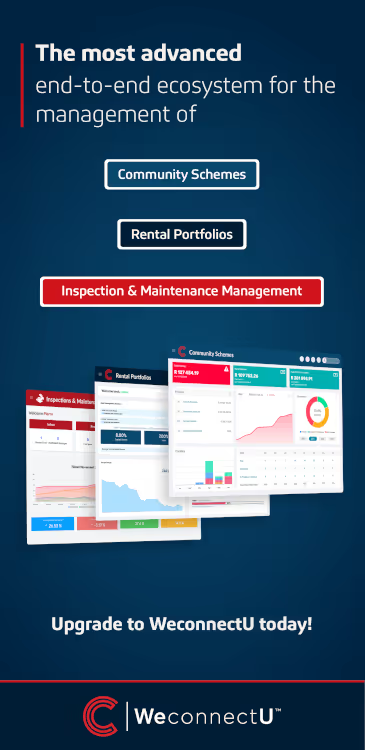South Africa’s Property Market: Poised, tested, and turning
- Greylisting exit and repo rate cuts reignite investor confidence and affordability.
- Demand shifts beyond the Western Cape signal a more balanced 2026.
- Lessons from 2025: affordability, realism, and risk discipline drive resilience.
SA’s Property Market: Poised for a sustainable recovery
As 2025 draws to a close, South Africa’s property market stands at a crucial inflection point. After two years of interest rate strain, tightened lending, and global scrutiny, the tide is beginning to turn and this time, the foundations appear stronger.
“While the market is not without its challenges, there are clear and actionable lessons emerging for homeowners, investors and developers,” says Adrian Goslett, Regional Director and CEO of RE/MAX Southern Africa.
“Affordability and financing have been the biggest catalysts this year. Those who entered early in the rate-cut cycle are already ahead of the curve.”
Lower borrowing costs following five repo rate cuts since late 2024, have revived activity across most regions. Buyers previously sidelined by affordability constraints are re-entering the market, while banks are showing greater lending appetite. The FATF’s delisting of South Africa from its greylist further strengthened investor sentiment, sending a signal to international and local markets that the country is once again “open for business.”
“This delisting points to renewed confidence in South Africa’s financial systems and processes,” notes Bradd Bendall, National Head of Sales at BetterBond. “It’s already translating into a surge in bond applications and higher approval rates. We’re seeing early signs of a genuine market recovery, supported by easier financing and improved sentiment.”
What 2025 taught us
1.Affordability is everything
Interest rate relief, coupled with slower inflation, has made it possible for more South Africans to enter or upgrade in the property ladder.
Buyers who acted early in 2025 are now benefiting from rising demand and limited supply, giving them built-in equity as prices firm.
2. The Western Cape isn’t the only story
After years of dominance, the Western Cape’s meteoric growth has plateaued slightly as affordability ceilings are reached.
Demand is rebalancing, with renewed activity in Gauteng and KwaZulu-Natal. “Sellers in the Cape need to price realistically,” says Goslett. “The days of assuming endless demand are over.”
3. Caution still counts
Even as confidence returns, over-leverage remains a danger. With modest GDP growth and potential global volatility, investors must focus on fundamentals: location, quality, and cash flow. 2025 rewarded disciplined investors who avoided speculation and kept liquidity buffers intact.
Supply, demand & the 2026 Outlook
Supply shortages remain a defining feature, particularly in middle-income housing and urban semigration nodes. Developers are cautiously ramping up projects that were shelved during the high-rate cycle.
As Bendall explains, “Improved funding access, fewer compliance hurdles, and more predictable lending conditions are unlocking delayed developments, which in turn will support job creation and transaction volumes.”
With credibility restored, lower borrowing costs, and demand broadening beyond traditional hot spots, 2026 is shaping up as a year of steady, sustainable growth rather than a boom. The lessons of 2025, affordability, pricing realism, and risk management — are setting the stage for a more balanced and resilient property market.
South Africa may not be out of the woods yet, but the path forward is finally clear and confidence is returning, one transaction at a time.






.avif)

.avif)


.avif)

.avif)




.svg)


.avif)

.avif)







%20.avif)








.avif)
%20.avif)
